
From Managing Decline to Building the Future
Could a Heartland Visa Help Struggling Regions?
Read or listen offline
Amazon KindleRecommendation
In the United States, population growth is at its lowest level since the time of the Great Depression in the mid-1930s. The declines today are geographically unbalanced, largely affecting the Northeast and Midwest, and they threaten the country’s economic health, according to economists Adam Ozimek, Kenan Fikri and John Lettieri. In this thorough and timely analysis, they examine the dynamics of demography and economics, and propose that government and business leaders consider a “place-based visa” plan that could help resolve immigration and labor force issues.
Summary
About the Authors
Adam Ozimek is a senior economist at Moody’s Analytics. John Lettieri is the president and CEO of the Economic Innovation Group, where Kenan Fikri is the research director.








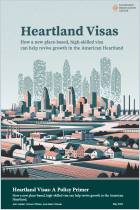
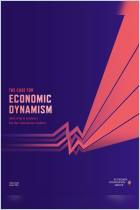

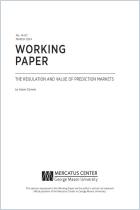

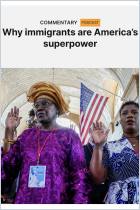
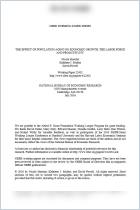

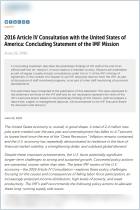
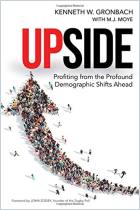







Comment on this summary